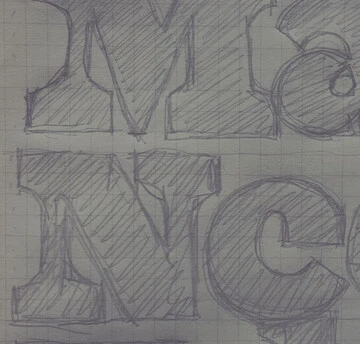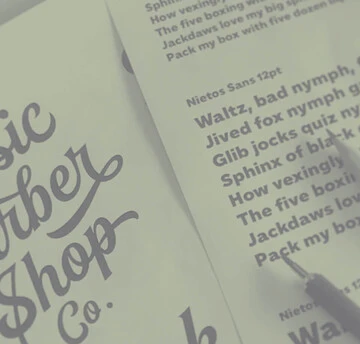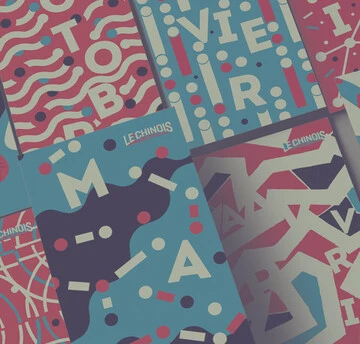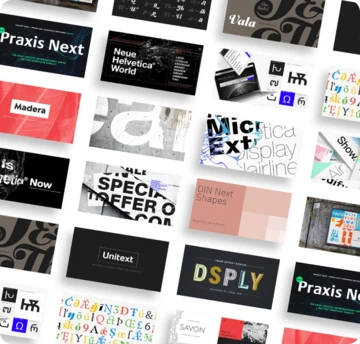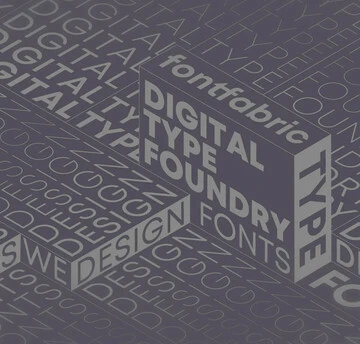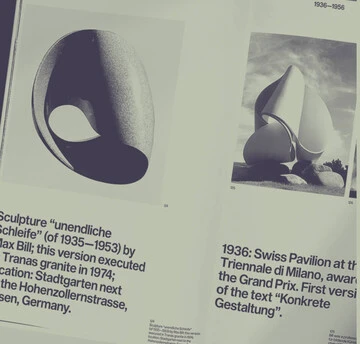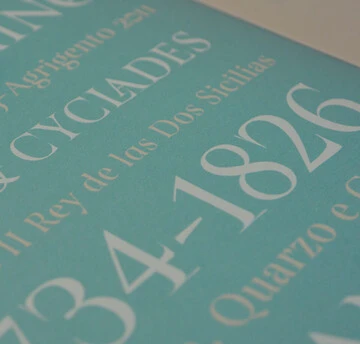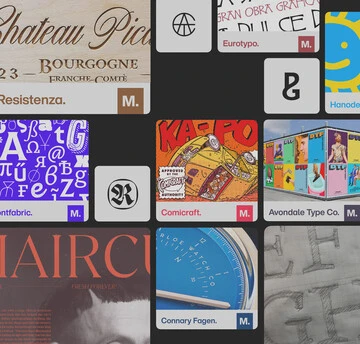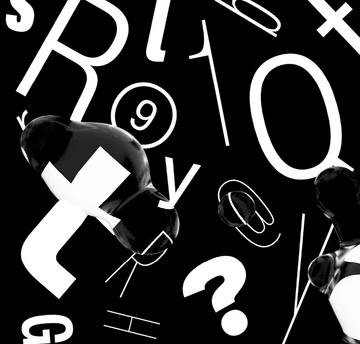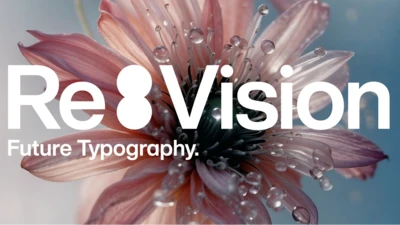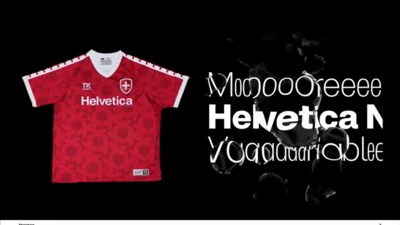Resources
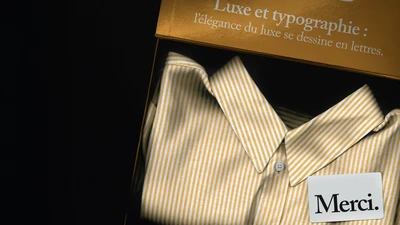
The typefaces or logo designs chosen by luxury houses are never random: they embody their values, history, and vision while reflecting their strategic positioning.
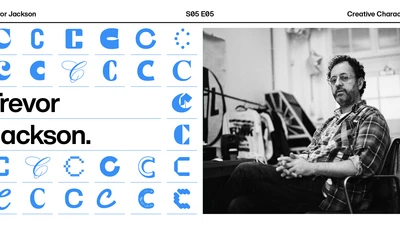
In this episode, Trevor Jackson shares his journey as a designer, music producer, and artist, providing an inside look at his creative philosophy and groundbreaking work. Trevor’s story is a masterclass in doing what you love, not what the industry thinks you *should* do. Tune in now.
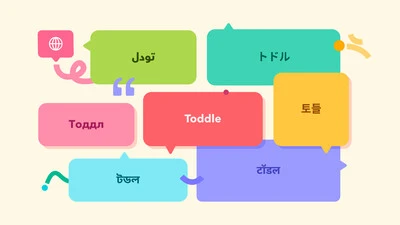
Toddle, a pioneering ed-tech platform, is dedicated to empowering educators with tools to create and deliver world-class learning experiences. With a mission to simplify teaching and learning for schools and teachers worldwide, Toddle places design and user experience at the core of its product strategy.
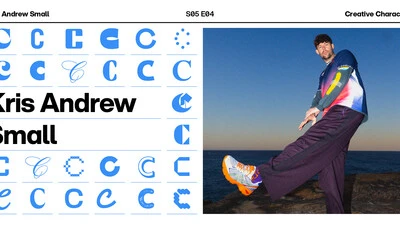
On this week's episode, Kris Andrew Small talks about converting frustration into energetic creativity, coping with ADHD, and finding inspiration in 80s New York and his vibrant Sydney surroundings. Tune in now.
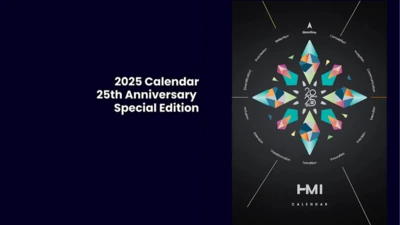
HM International is a leading provider of content management services for corporate clients in the financial and capital markets. Headquartered in Hong Kong, the company offers a diverse range of services, including financial disclosure and compliance solutions, language services, and media placement, along with customised marketing and creative solutions, such as website design, social media, and digital marketing services.

There comes a time in every organization’s life when a makeover becomes essential.
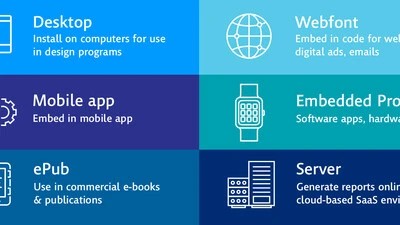
Whether you’re a team of one or sit in a large organization, font licensing can be complicated and overwhelming.
